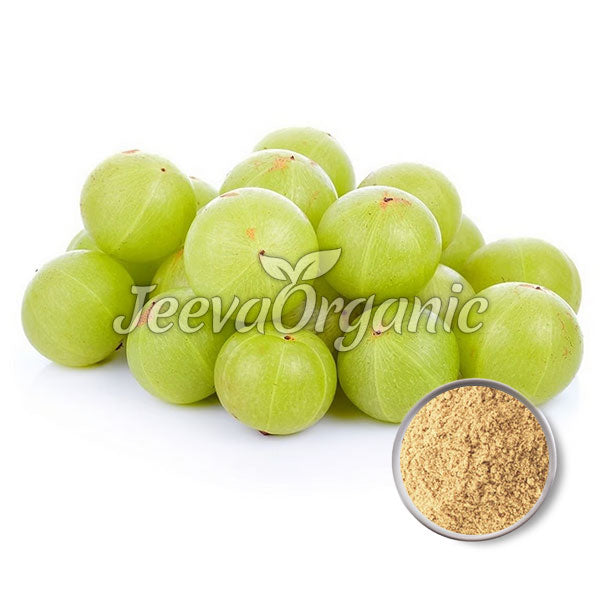Botanical Name: Phyllanthus emblica
Plant Part Used: Fruits
Processing Method: Extraction
Through advanced extraction technology, our Amla Extract Powder achieves precise 40% tannin standardization. Each batch undergoes sophisticated processing methods and stability testing, ensuring consistent active compound levels. Our comprehensive quality protocols verify tannin content, delivering reliable results for manufacturing specifications.
Support your production excellence with our premium Amla Extract Powder. Featuring controlled particle uniformity and documented stability, this refined extract ensures seamless manufacturing integration. We accommodate diverse production requirements through flexible bulk quantities, each supported by detailed certificates of analysis and technical documentation.














